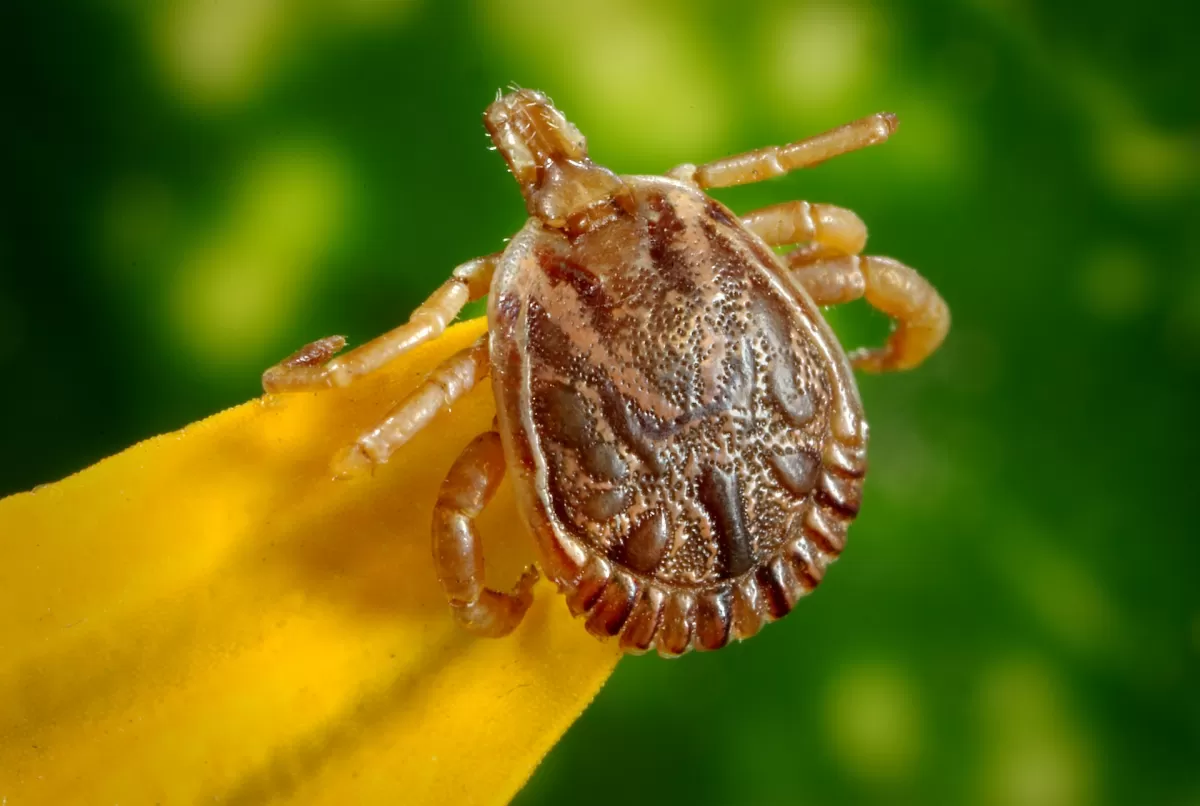
Search
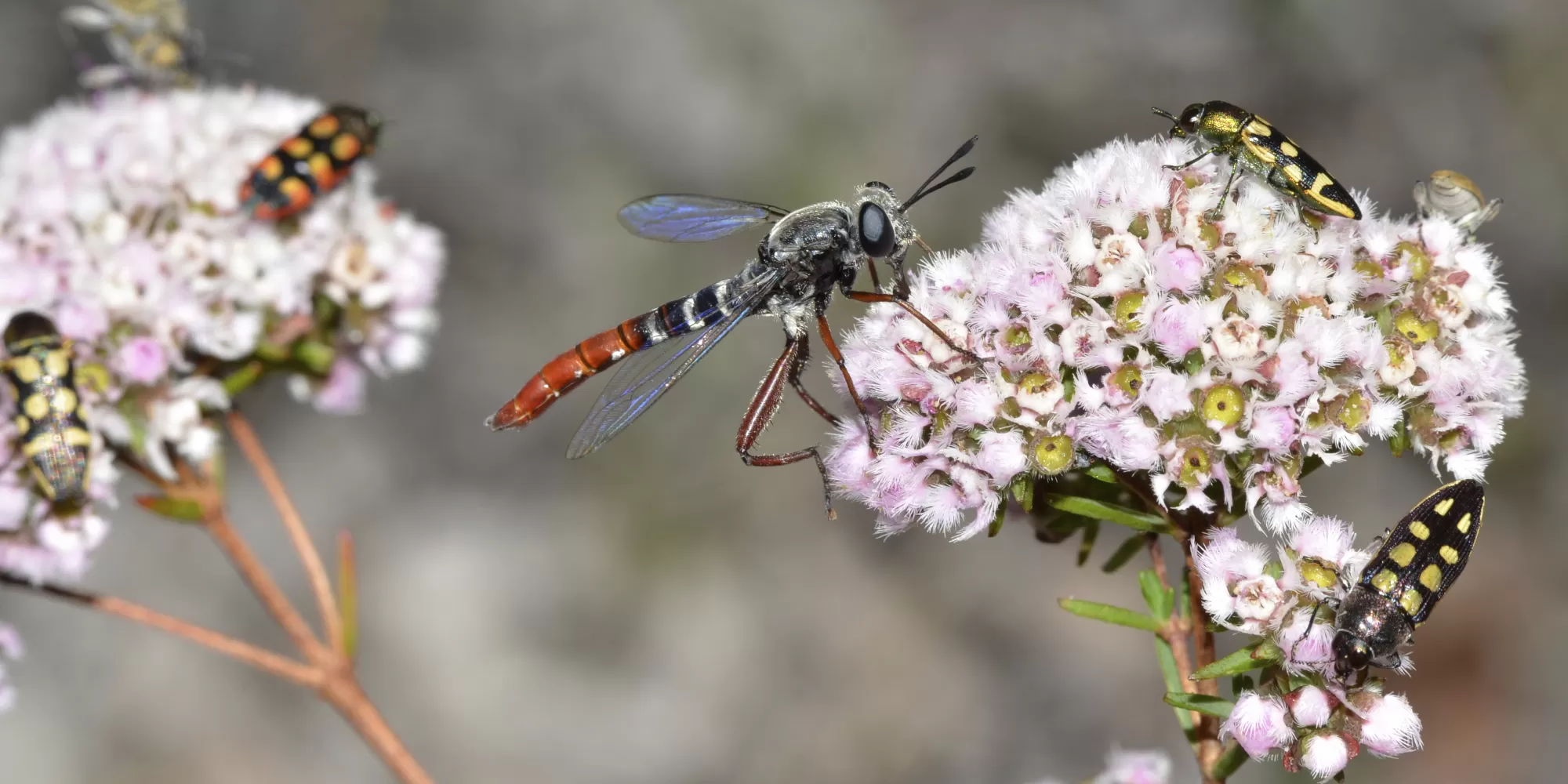
Department of Entomology
Collections Overview
With over 35 million specimens, the Smithsonian insect collection is one of the largest entomological collections in the world. The collection houses more than 128,000 primary type specimens (Holotypes, Syntypes, Lectotypes, or Neotypes) and some 450,000 species representing approximately 60% of known insect families. With specimens from locations worldwide, the collections are second to none in coverage for the Nearctic and Neotropical regions. Specimens from the Old World are also well represented, especially from Sri Lanka, the Philippines, and Papua New Guinea. Particular strengths include mosquitoes, wasps, beetles, butterflies and moths, and flies. Although the bulk of the collection is kept dry, various groups—such as spiders and myriapods—are stored in alcohol.
The collections are typically arranged by taxon; lower categories (genus, species) are arranged alphabetically, and for select taxa, they are further organized by country of origin within each species.While the majority of the collection is housed at the National Museum of Natural History in Washington DC, some groups are held at other research facilities in nearby Maryland, including the USDA's Agricultural Research Center in Beltsville, MD and the Smithsonian Institution's Museum Support Center in Suitland, MD.The collections at the Agricultural Research Center include the Acari (mites), the Sternorrhyncha (aphids, whiteflies, scale insects and jumping plant lice), and one of the largest Isoptera (termites) collections in the world.
The collections at the Museum Support Center constitute roughly 20% of insect holdings. Some of the groups stored entirely at MSC are the mosquitoes and other blood-feeding flies, crane flies, lice, fleas, walkingsticks, saturniid and sphingid moths, and papilionid butterflies.
A few highlights of the Collection:
Acarina

The tick collection is one of the largest in the world. Housed at Georgia Southern University since 1990, it has over one million specimens including specimens from every continent, most of the 860 known tick species, and a quarter of the primary tick types. Since ticks are major disease vectors the collection is not only a great resource for taxonomists, it also helps inform public health officials about tick borne illnesses.
Further information about the United States National Tick Collection
Coleoptera
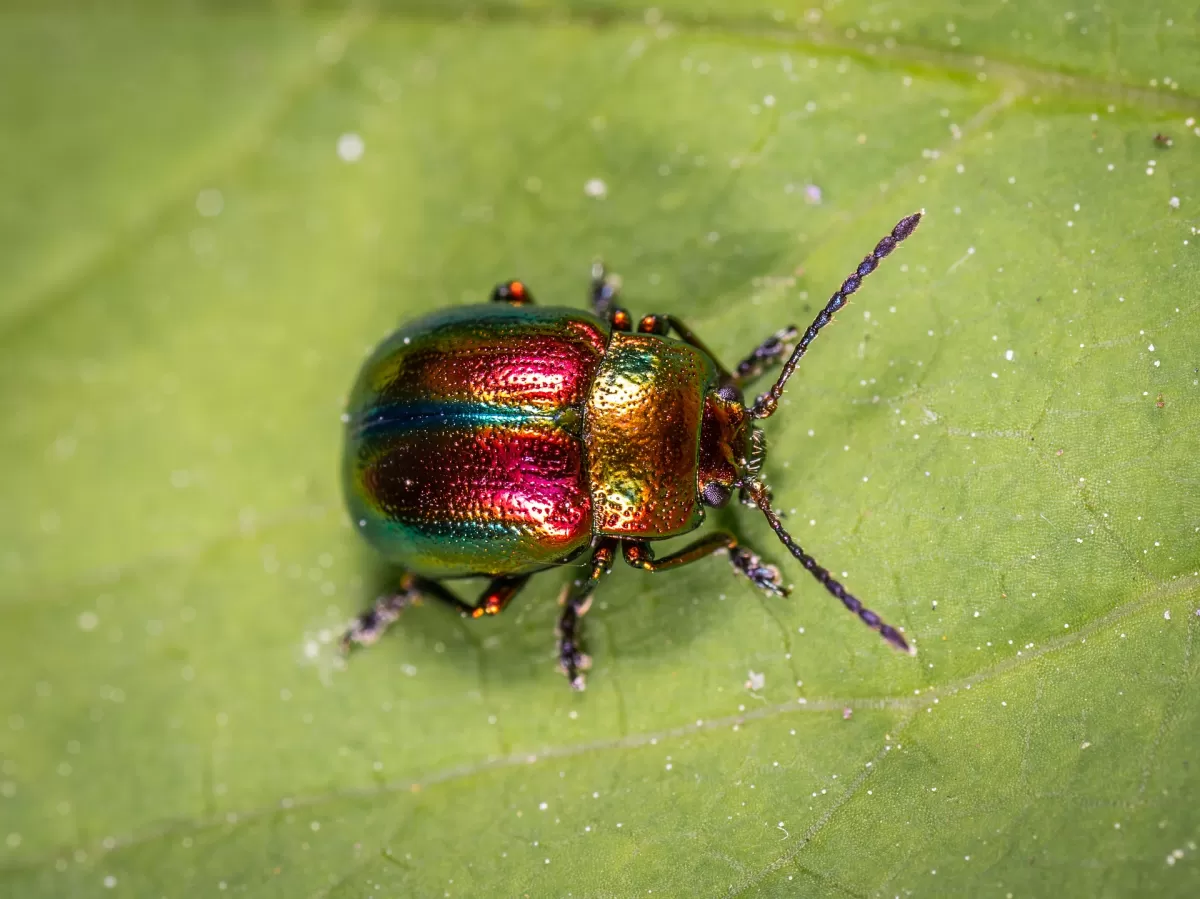
The collection of Coleoptera at the NMNH is one of the world's largest, consisting of more than seven million specimens, including over twenty thousand primary types, all housed in about twelve thousand museum drawers. Its representation is strongest in Western Hemisphere species due principally to general collecting during research expeditions in the 19th and 20th centuries and through contributions from the USDA identification service.
Diptera
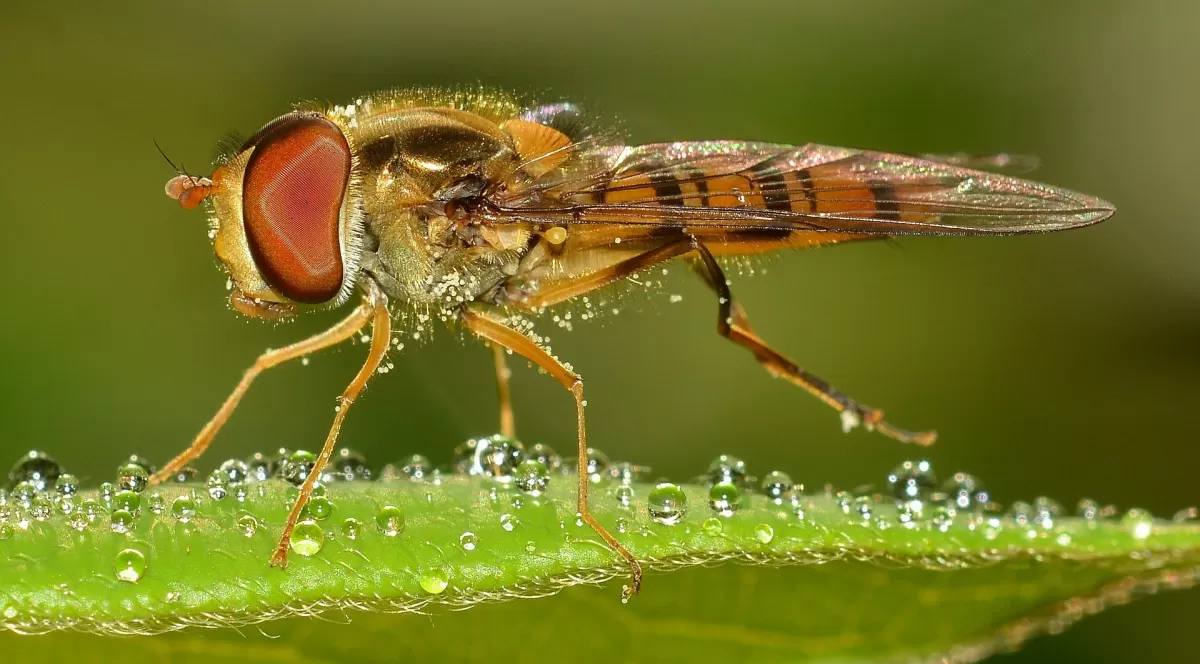
The USNM Diptera collection comprises some 3,200,000 pinned specimens representing some 55,900 species, more than 600,000 slide-mounted specimens, and some 22,000 primary types. A genomic collection with currently more than 2,500 specimens preserved in liquid Nitrogen is growing steadily. Although there is material from all biogeographical regions, the New World is best represented. Of the 162 currently recognized families of Diptera, all but Heteromyzidae, Inbiomyiidae, Oreoleptidae, Ulurumyiidae, and Valeseguyidae are represented.
Hymenoptera
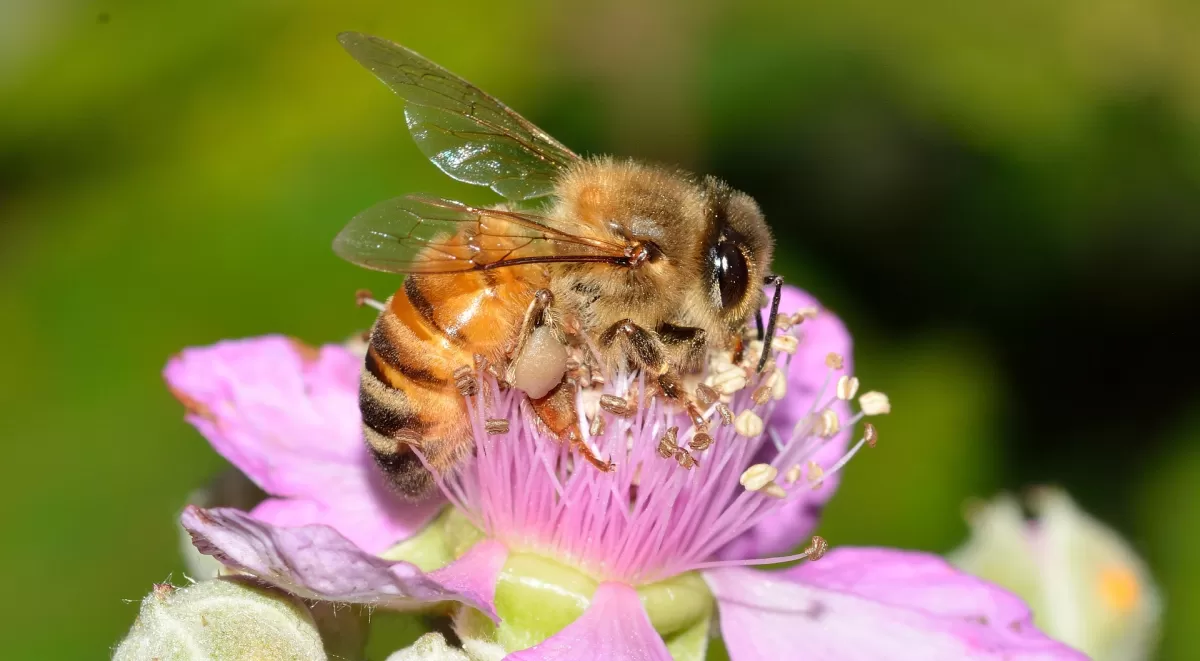
The Hymenoptera collection consists of about three million specimens including over 15,000 holotypes. More than 7,000 drawers house the pinned specimens and approximately 10,000 glass vials contain the preserved larvae and adults in alcohol. The collection is especially rich in Symphyta (sawflies), aculeates, and entomophagous parasites from worldwide locations.
Lepidoptera
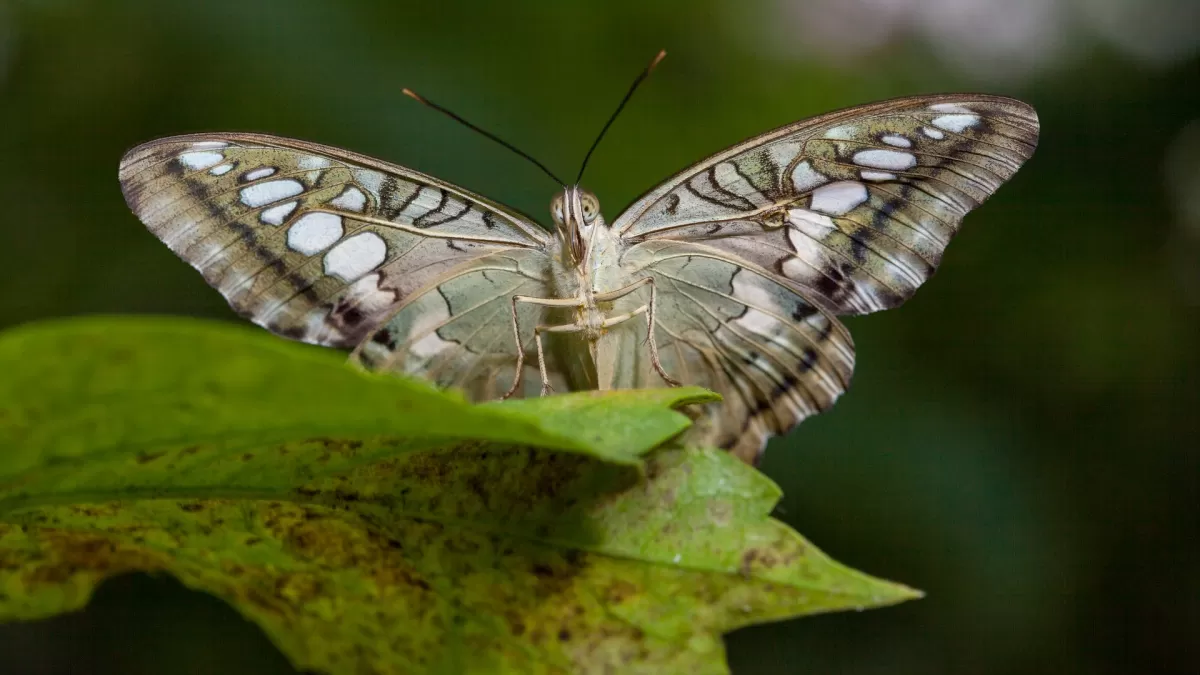
The Lepidoptera collection has over 4 million specimens and includes more than 25,000 primary types. It has the most complete representation of both larvae (123,000 specimens) and adults in the Western Hemisphere. The collection is particularly rich in Nearctic and Neotropical species as well as Palearctic material for most families. The microlepidoptera collection contains excellent coverage of Far Eastern species.